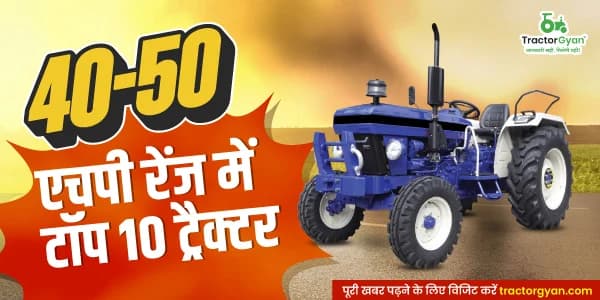Transitioning to Revised Emission Norms | TractorGyan
Table of Content
The time has come which is much anticipated, ICRA has released the improvised emission norms under the 4th stage of the Bharat stage, named Bharat TREM IV. ICRA ensures that as we grow as a country, we don’t forget to pay our taxes and gratitude towards the environment by setting emission norms, for both on and off-road vehicles. And due to the pandemic now would be the best ever time, to revise and implement emission norms. That brings us to the most talked about a new stage of Emission Norms TREMs Bharat TREM IV. Apart from being the current emission norm, what makes it unique are the facts that it was supposed to be implemented in the year 2020, and then that it has an impact on only a part of the agricultural vehicle sector how one might wonder, let us tell you about Bharat TREM IV in detail.
Bharat TREM IV: Transitioning to Revised emission norms:
• The Key Points:
Now that we have introduced, Bharat TREM IV let us give you an insight into what to expect from it. There mainly 5 things that sum up the Bharat TREM IV the current stage of emission norms.
1. Bharat TREM IV only affects a part of the tractor industry that is >50 HP tractors, and the rest <50 HP range tractors which comprise a larger sector under Bharat TREM III A.
2. India has still no lagged when it comes to >50 HP tractor segment because the norms were initially meant to be implemented in the year 2020 but got delayed thanks to pandemic and government’s interest in industry representation.
3. India stays a medium to high tractor market, consisting of 80% of <50 HP tractor mix. Revised norms are to be regulated in January 2023.
4. The technological know-how to meet the revised norms that have been readily available as OEMs export models already abide by these laws. The pass-through of the hike to customers is, however, expected to be only gradual for the price-sensitive farming community.
5. The OEMs are currently processing, the realignment of their products to match up with the revised emission norms, with tractors offering higher torque at lower HP tractors being added to the portfolio, which would initiate an HP-wise mix shift with respect to 41-50 HP segment gaining at the expense of the >50 HP segment.
Emission Norm Timeline
The emission norms have been set up by ICRA ever since 1999. The first phase was initiated and implemented in the year 1999, known as Bharat TREM I, which was somewhat inspired or based on the emission norms of the USA at that time. The next set of norms came in the year 2003 named Bharat TREM II which had over 4+ years previously before the previous norm was implemented. The third phase came in 2005 known as Bharat TREM III in the month of October of 2005 almost 2 years since the prior stage was implemented. The fourth phase was more like an extended version of the previous stage, hence it was named Bharat TREM III A, implemented in April 2010 &2011 with 5+ years of prior norms regulated, then comes the current ever-anticipated phase Bharat TREM IV which is in action, since January 2023, and were decided in December 2022, TREM IV was pre-decided in 2020 but got delayed. The next phase of emission norms would be in 2024, termed Bharat TREM V with only 1 year of the previous norm in action.
India in the world market
Emission norms are generally based on either European norms or American norms, and India tends to follow both in alternate years, in the first phase Bharat TREM I and II US norms were followed, and in Bharat TREM III, TREM III A norms of Europe were followed. US and Europe harmoniously follow these norms but other large market countries such as India and China fail to do so successfully in US tier 3 and Euro stage III respectively.
Emission Norms Applications: (Emission (g/kwh))
| Name | Engine power | CO | HC | HC+NoX | NoX | PM |
|---|---|---|---|---|---|---|
| TREM I | ALL | 14.0 | 3.5 | - | 18.0 | - |
| TREM II | ALL | 9.0 | - | 15.0 | - | 1.0 |
| TREM IIIA |
0 37 |
5.5 3.5-5.0 |
- |
7.5-8.5 4.0-4.7 |
- |
0.6-0.8 0.2-0.4 |
| TREM IV | 37 | 3.5-5.0 | 0.19 | - | 0.4 | 0.025 |
| TREM V |
0 37 |
5.0 3.5-5.5 |
0.2 |
4.7(HC+Nox) 4.7-0.4 |
3.5-0.4 |
0.015 0.045-0.015 |
As compared to the first Bharat TREM1 which took place in 1999 October the norms are evidently efficient and seem to be working well for the aid of the environment. Emission norms are set to get stricter for >50 HP tractors, while the bigger section of the tractor industry (<50HP) still works as per the terms of Bharat TREM III A emission norms.
Changes to be made in new Tractors
There are two aspects where change can be experienced after the current norms are implemented, in terms of material, the first one being the engine and the second one after-treatment systems, in engines fuel injection systems, air handling tech, and exhaust gas recirculation systems are to be changed, and in the after-treatment systems, Diesel oxidization catalysts, Selective catalyst reduction systems, Diesel particulate filters.
Incremental cost breakup:
Air fuel control, and engine emissions comprise 80%, After treatment 10%, tooling certification, etc 6%, and lastly ECU and wiring section 4%.
Impact of the transition
| TREM | Name | PM Emission rate | NOX Emission rate |
|---|---|---|---|
| TREM IIIA | Natural Aspiration, direct injection, mechanical control | 0.5 | 6 |
| TREM IV | Common rail to fuel injection, cooled EGR, DOC | 0.02 | 4 |
| TREM V | DPF | 0.02 | 4 |
| TREM VI | DPF, SCR/LNT/ other | 0.01 | 0.5 |
CO and PM emission
| Stage | CO | PM |
|---|---|---|
| TREM I | 14 | 1 |
| TREM II | 9 | - |
| TREM III A | 4.2 | 0.5 |
| TREM IV | 4 | 0.3 |
| TREM V | 4 | 0.2 |
From the records of previous TREMs it is evident significant progress has been made due to these norms, and with the current improvised norms, will surely lead to less material emission of particulate matter specifically which will ultimately lead to a huge downfall in overall pollution.
Price Hike
Pricing is expected to increase due to the transition of evolved norms, according to the calculations of ICRA, it is expected that the prices may go up by a good 10-15%, which will gradually be passed on to the client-base when the newly manufactured tractors which are made by evolved norms go live. The estimated hike for 50HP tractors must be around 1.0-1.3 Lacs.
Trends in domestic HP wise range for various HP ranges tractors involve
| HP | Percentage |
|---|---|
| < 30 HP | 11% |
| 31-40 HP | 28% |
| 41-50 HP | 53% |
| >50 HP | 8% |
Conclusion
The revised emission norms, transmission is certainly something which is very significant in terms of environment and Indian economy. And as we move forward with the hope of growing it is only fair to be excited to witness all the changes that it is going to bring which cannot be foreseen now, with figures and graphs.
For more tractor world updates do visit our site Tractor Gyan and look out for all the latest information that we have in store for you.
About TractorGyan
Tractor Gyan is an expert-led platform that aims to empower Indian farmers by providing accurate and timely information, and technological advancement about tractors and farm equipment in India.
TractorGyan helps farmers with New Tractor information, Compare Tractors, Tractor prices, Buying and selling of second-hand tractors, Tractor Insurance, Tractor Finance, Tractor tyre, Tractor Implements, Tractor EMI calculator and more.
On our Platform, we have information about leading brands :
- In tractors like Eicher, Sonalika, Solis, Powertrac
- In Tyres like MRF, Ceat, Apollo etc.
- In Tractor Finance like Mahindra Finance, TVS Finance, Etc.
- In Tractor Implements like Dasmesh, Fieldking, Kartar, Khedut, etc.
- In Tractor Insurance like Mahindra Finance, Axis Bank, ICICI Bank, etc.
TractorGyan is Helping India mechanise by delivering crucial information about tractor buying and guiding farmers at every step so that they get a tractor or farm equipment that empowers and equips them to produce quality yield.
FOLLOW US ON:- Facebook, Instagram, Linkedin
Category
Read More Blogs
-
As per channel check, the new emission norms will result in10-15% cost increase for >50 HP segment which the OEMs will only gradually pass on to the customers
-
OEMs are realigning their product portfolio, with tractors offering higher torque at lower HP being...
The Indian tractor industry has always been prone to changes and unseen fluctuations. And with the new Emission norms out, it is only evident that one should expect a drastic change in tractor Horsepower wise mix.
The ICRA has released tractor emission new...
The government of India started to set emission norms in 1999 and has been revisiting and altering them ever since, for the sake of the environment. As India is an agriculture-oriented country it is only evident that the emission norms are to...
Write Your Comment About Transitioning to Revised Emission Norms | TractorGyan
.webp&w=1920&q=75)
Top searching blogs about Tractors and Agriculture
17 Dec 2025
17 Dec 2025
29 Jul 2025
08 Sep 2025
03 Jul 2025
30 Jul 2025
30 Jul 2025
30 Jul 2025
29 Jul 2025
30 Jul 2025
29 Sep 2025
31 Jul 2025
17 Dec 2025
31 Jul 2025











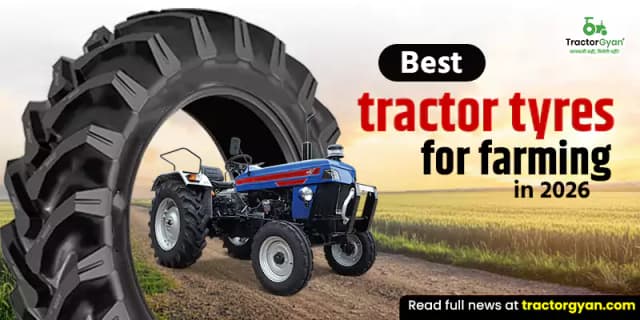


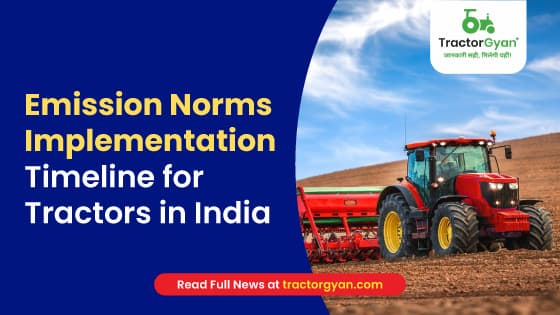
.webp&w=2048&q=75)
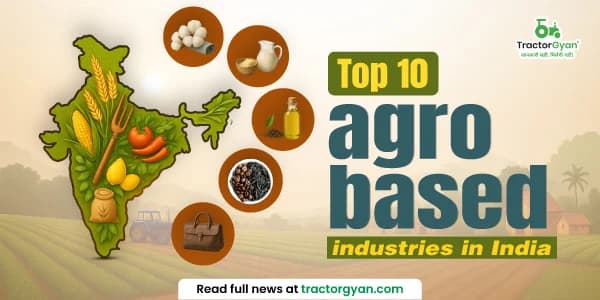
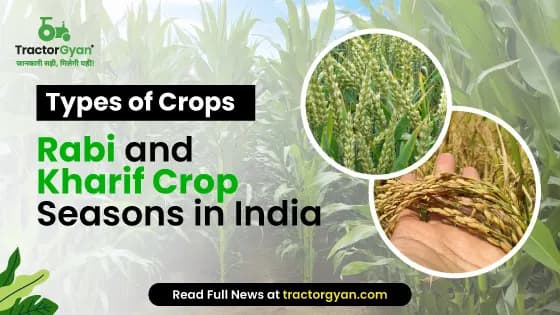
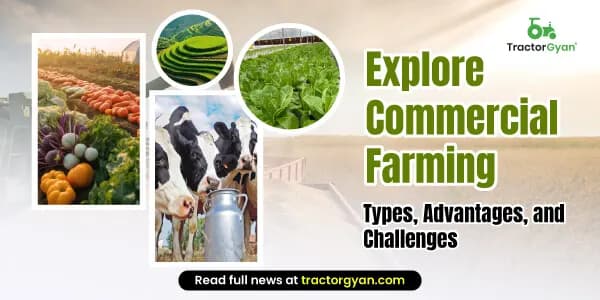

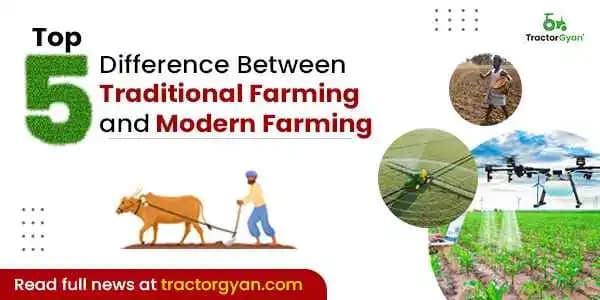
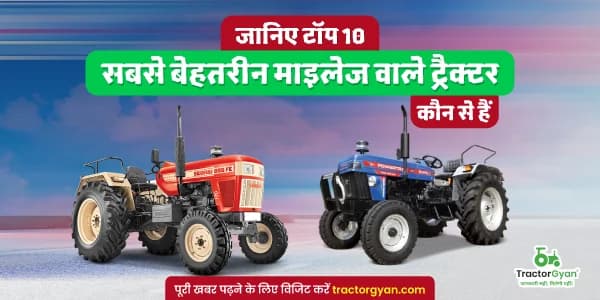
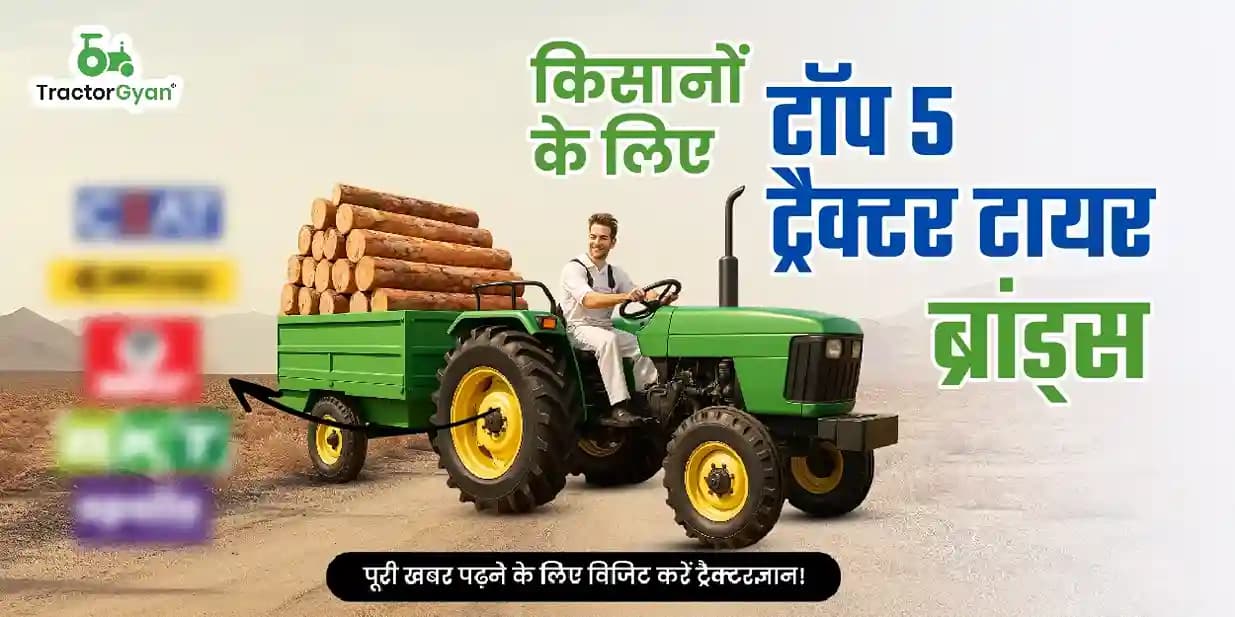


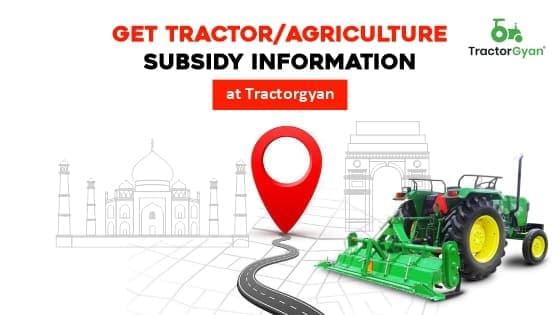
.webp&w=2048&q=75)
.webp&w=2048&q=75)
